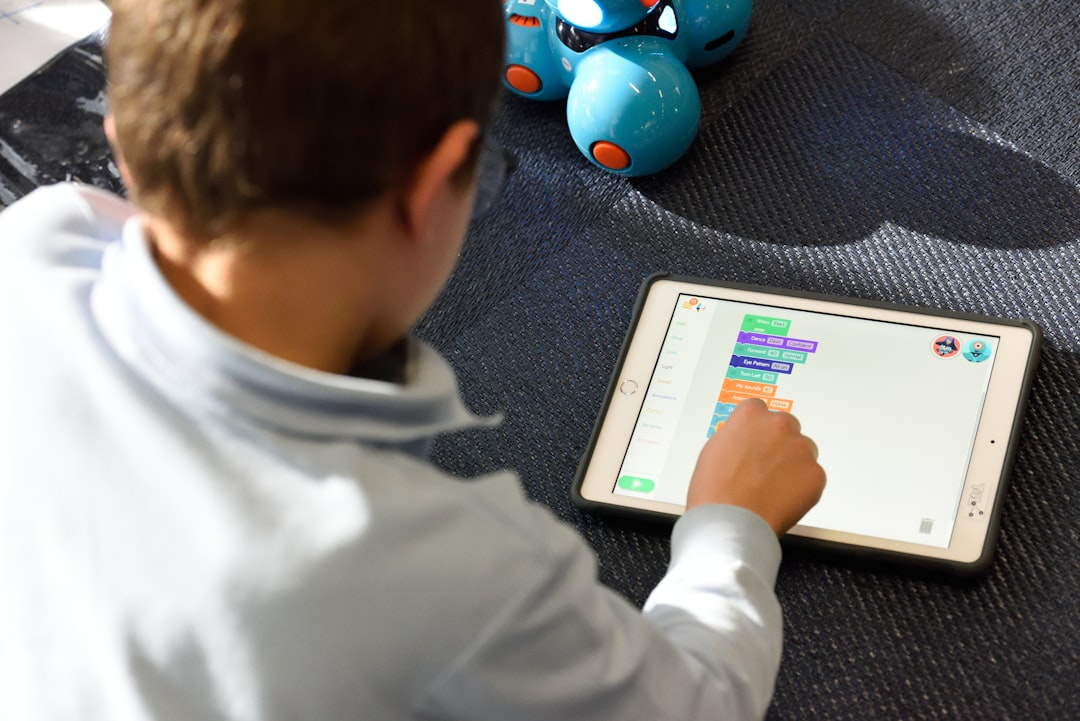In the ever-evolving landscape of education, home learning has become a pivotal aspect of a child’s academic journey. With the right strategies and tools, parents can transform their home into a vibrant learning environment that not only complements formal education but also enhances it. This unique high-end guide delves into the nuances of effective home learning, offering insights and practical tips to make the learning process both enjoyable and fruitful for children.
The Essentials of Creating a Learning Space
Every child needs a dedicated space that promotes concentration and inspiration. This doesn’t necessarily require a large investment in high-tech gadgets or designer furniture. Instead, focus on ensuring the space is quiet, well-lit, and free from distractions. Personalize the area with elements that your child enjoys and finds motivating, such as their favorite colors or themes from beloved books. This personal touch can make learning more inviting and less of a chore.
Integrating Technology Wisely
While technology can be a great ally in home learning, it’s crucial to use it wisely. Opt for educational apps and tools that are specifically designed for children. These can range from interactive e-books to educational videos and games that make learning fun and interactive. Set clear boundaries on screen time to prevent fatigue and ensure a healthy balance between digital and non-digital learning activities.
Hands-On Learning Activities
Children often learn best by doing, making hands-on activities invaluable. Whether it’s a science experiment, cooking, or art projects, these activities can significantly enhance understanding and retention of complex concepts. They also help develop fine motor skills and encourage creativity and problem-solving. Regularly schedule these activities to break up more traditional book learning and keep your child engaged.
Reading and Literacy Skills
Fostering a love of reading is crucial for developing literacy skills. Create a mini library at home with a variety of books that cater to your child’s interests and reading level. Dedicate time each day for reading aloud. This not only helps in improving vocabulary and comprehension but also provides a great opportunity for bonding. Discuss the stories with your child to enhance their analytical and critical thinking skills.
Tailoring Education to Child’s Interests
One of the biggest advantages of home learning is the ability to tailor educational content to your child’s interests. This personalized approach can lead to deeper engagement and enthusiasm for learning. If your child shows a keen interest in dinosaurs, incorporate paleontology topics into science lessons, or use dinosaur-themed math worksheets. By connecting educational material to their passions, you’re more likely to spark a lifelong love for learning.
Home learning is not just a supplemental tool but a dynamic component of modern education that prepares children for the future. With these strategies, parents can ensure that learning at home is as enriching and effective as possible, setting the stage for academic success and a bright future.





